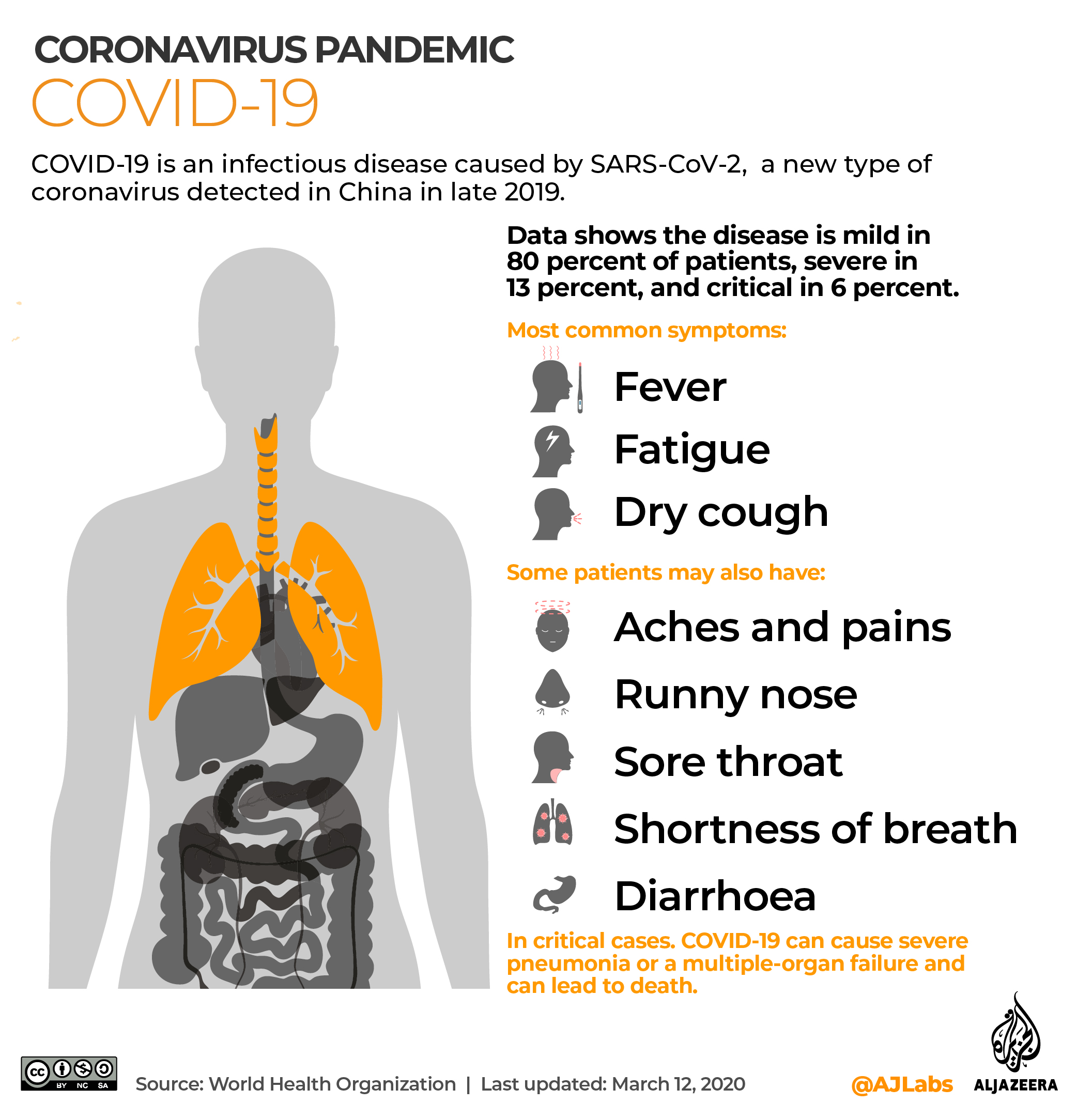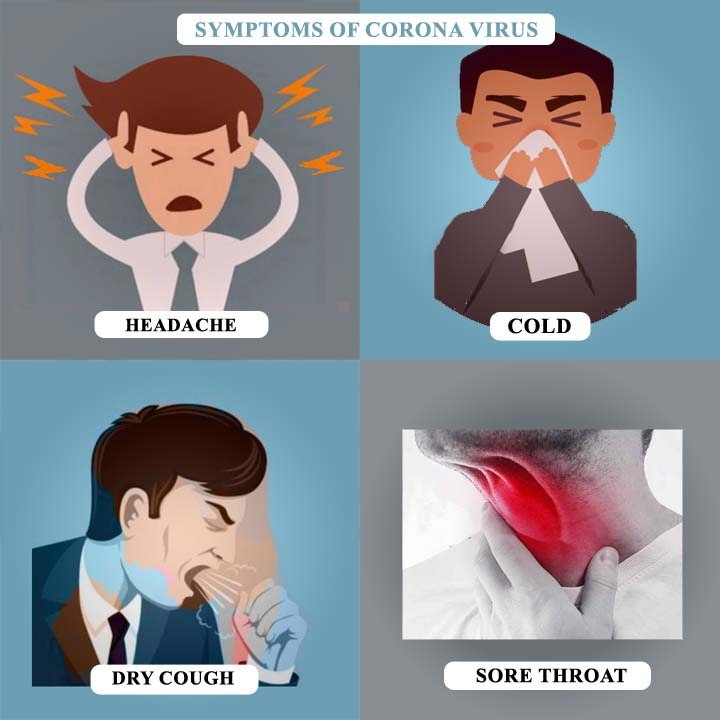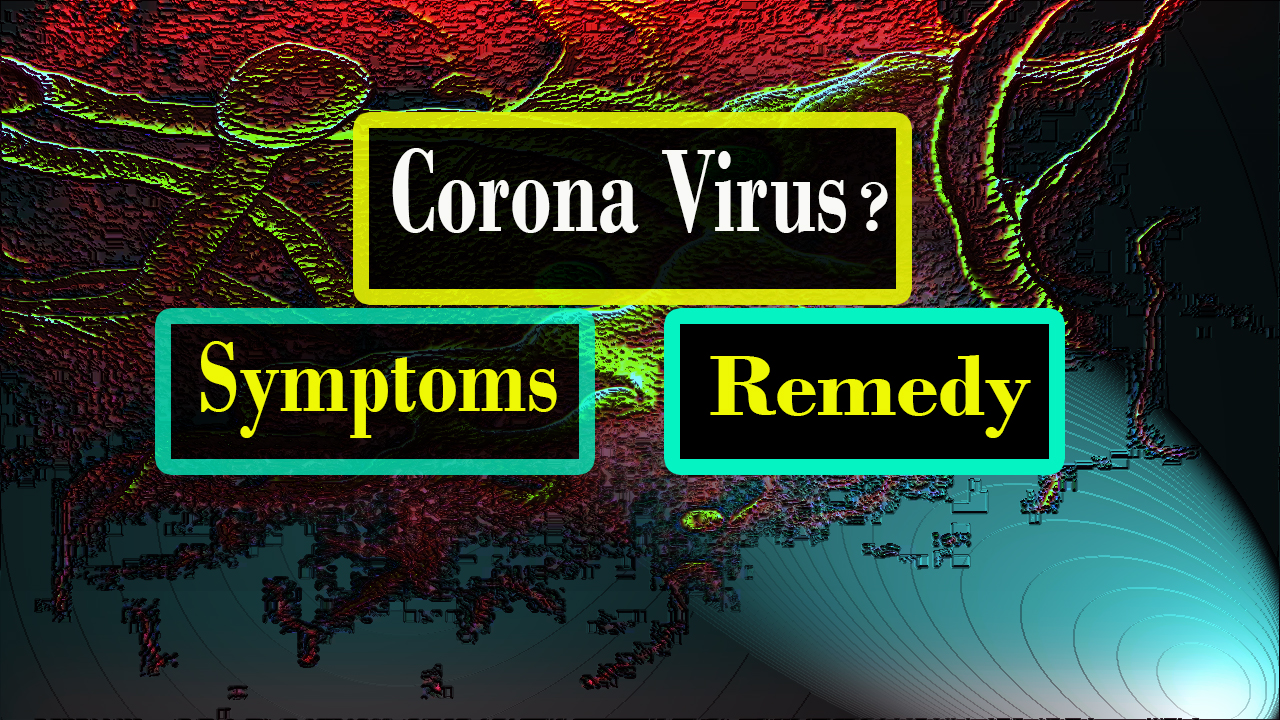

'Yet it was so mild to begin with, I barely gave it a second thought.'ĭay 5: Patients have difficulty breathing – known as dyspnea – if they are older or have a pre-existing health condition.Ĭenters for Disease Control and Prevention says that symptoms that occur two to 14 days after exposure are fever, cough and shortness of breath. Avoid trying to push through if you are still feeling unwell.Day 1: Patients experience a fever and may also experience fatigue, muscle pain and a dry cough.Ī small minority may have had diarrhea or nausea one to two days before, Business Insider reports.ĭr Clare Gerada, 60, a GP in London, and former chair of the Royal College of GPs, said that she started feeling symptoms as a slight dry cough and tiredness. Try not to go back to work until you feel ready. It's OK to return to your normal activities even if you have a mild cough or changes to your sense of smell – these can last for weeks after the infection has gone.
#Day by day corona virus symptoms full#
If they had a positive COVID-19 test, they should stay home and avoid contact with others for 3 full days after they took the test or from the day their symptoms started (whichever was earliest). You should not have a high temperature.Ĭhildren can return to school when they feel well and no longer have a high temperature. If you have a positive COVID-19 test, you must wait for 5 days and feel well. Long-term effects of COVID-19 (long COVID) Returning to work and other activitiesĪdults can return to work when they are 48 hours without any symptoms.

Only take one anti-inflammatory medicine at a time. It is OK to take ibuprofen or other NSAIDs if you have COVID-19.

Ibuprofen is a non-steroidal anti-inflammatory medicine (NSAID). Paracetamol is usually recommended as the first treatment for most people. Paracetamol or ibuprofen may help to lower your temperature and treat aches and pains.


 0 kommentar(er)
0 kommentar(er)
